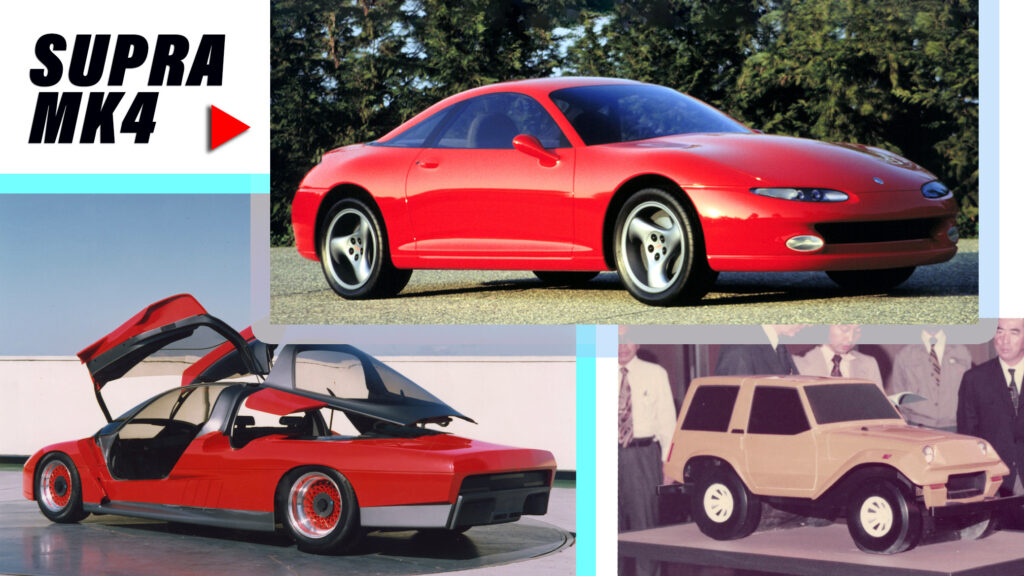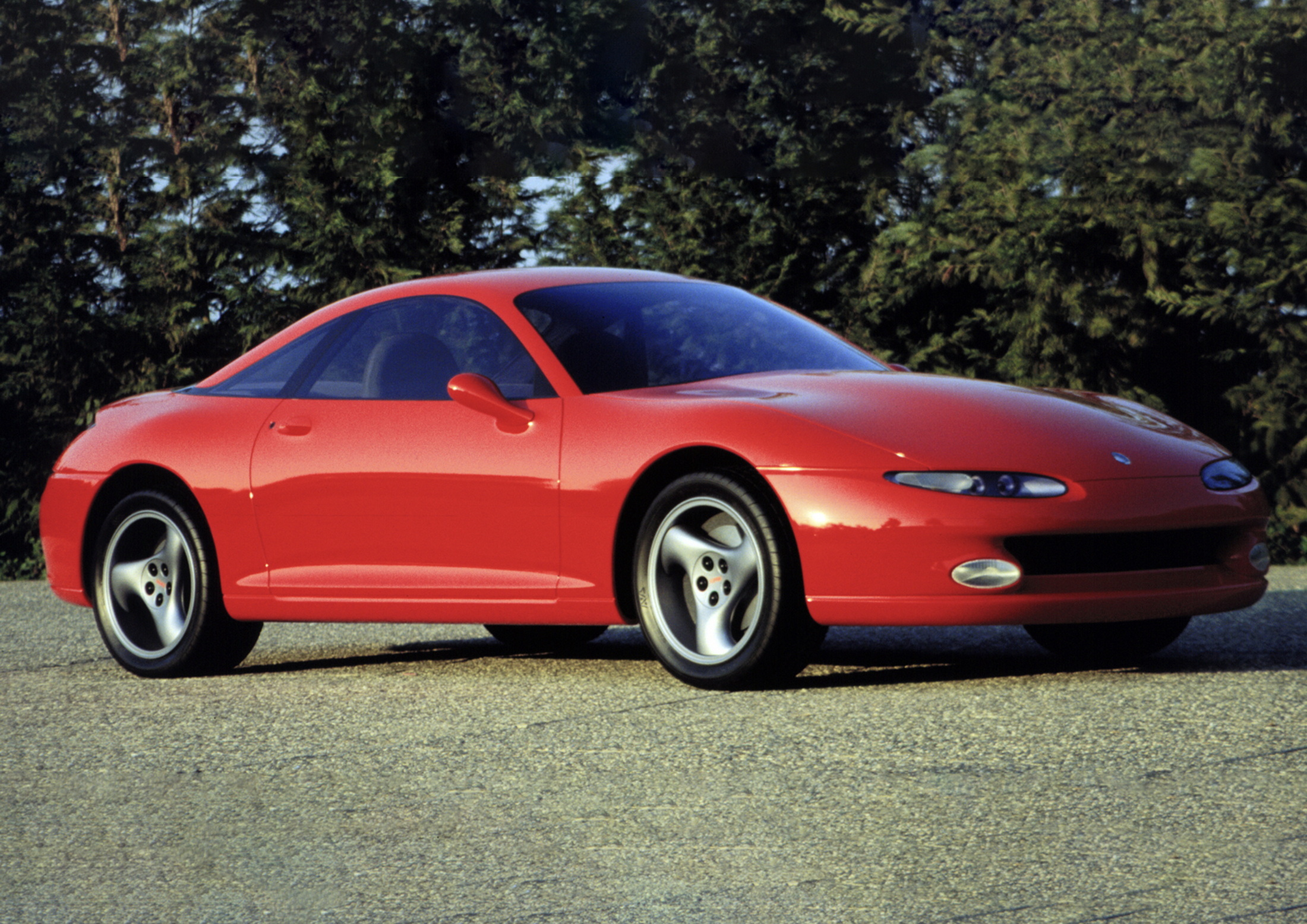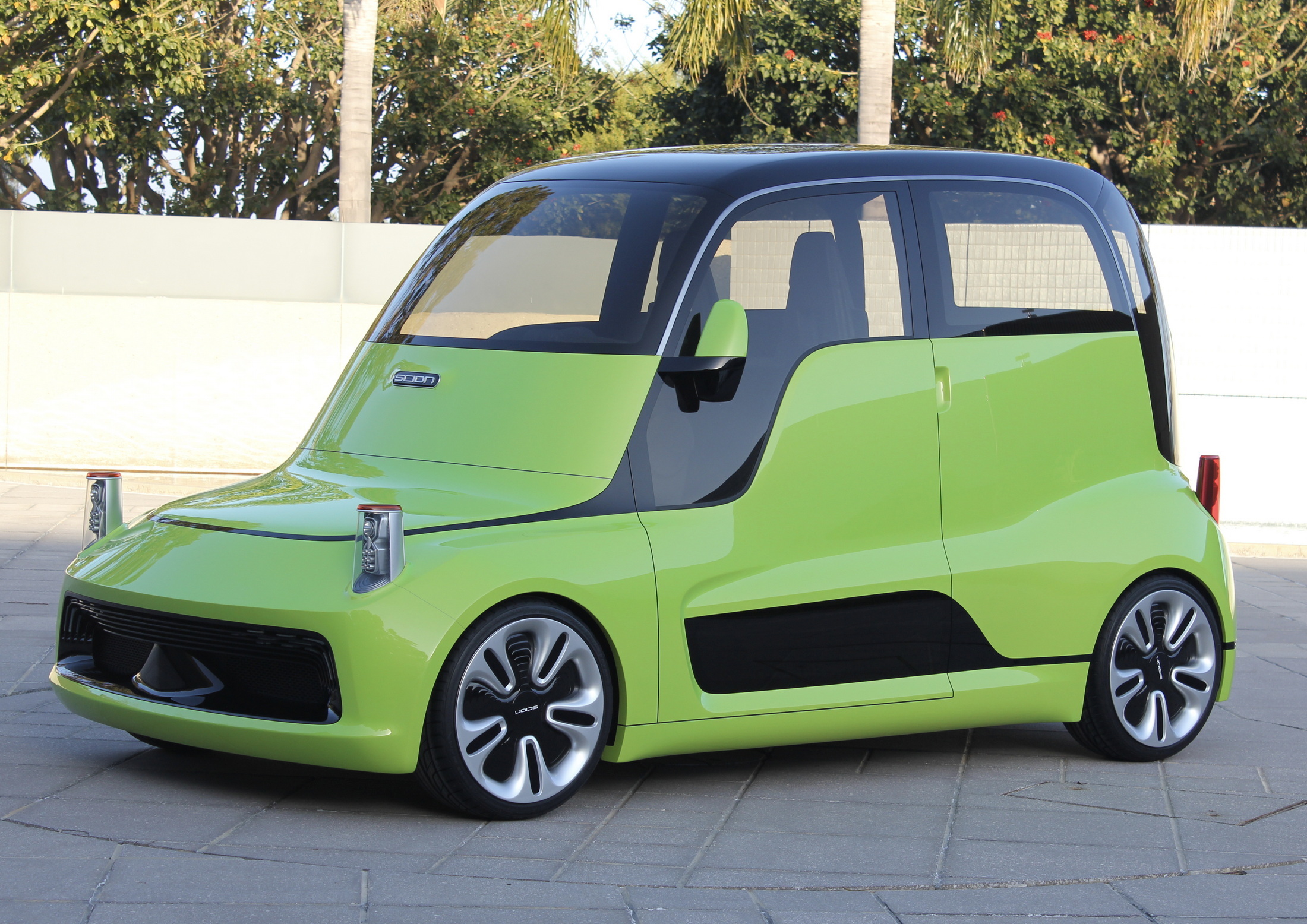In the 1970s, Toyota decided to try and conquer the U.S. market and to do that, it needed daring design that spoke to local shoppers. In 1973, it opened CALTY Design Research, its local studio, which turns 50 this year.
To celebrate the milestone, Toyota is opening up the vault and showing off some of the work that the design team was responsible for. Among the creations are a handful of concepts that have never been shown to the public before.
Although it was involved in the creation of the 1978 Toyota Celica, CALTY’s early mission was simply to observe. Explicitly tasked with researching future design trends, the studio encouraged its employees to explore freely, leading to the creation of studies like an updated FJ40 Land Cruiser and even a camping trailer.
Read: New Toyota Baby Lunar Cruiser EV Concept Takes The FJ40 To The Moon
By the ’80s, the studio shifted toward exploring new design languages and techniques. That led some of its designers to look toward the world of motorsports. In 1983, the studio came up with the MX-1, a mid-engine sports car with scissor-style doors.
Just a few years later, the MX-2 was created. Built in-house, it was made of fiberglass reinforced plastic, featured gullwing doors, and had a swing arm steering wheel that could be set up to offer left- or right-hand drive.
The Toyota MX-1 in white and the MX-2 in red
When the ’90s rolled around, it was time to deploy the research that CALTY had been conducting. The studio contributed heavily to a range of production vehicles, like the 1995 Tacoma, the 1997 Prius, and the 2000 Avalon.
Although it did not come up with the final design for the fourth-generation Supra, it did contribute to it significantly. Its vision for the model had a little less GT style, but as you can see below, several ideas that did make it into the production vehicle.

By 2004, Toyota was looking to grow its local manufacturing and expanded CALTY, which opened a new studio in Ann Arbor, Michigan. There, the Tundra, Tacoma, Avalon, and Sienna were all born.
In the 2010s, the studio churned out a number of designs that were intended to help Toyota shake its reputation as a maker of dull cars. It created the 2012 Fun-Vii concept, the 2012 Lexus LF-LC, which would become the 2018 Lexus LC500, and in 2014, it came up with the FT-1 concept that would eventually become the 2020 Supra.

The studio continues to push the limits of what’s possible with recent concepts like the Scion NYC, which asks its occupants to almost stand, rather than sit, and the new Baby Lunar Cruiser, which envisions a future on the moon.
“As we continue our journey from the automotive era into the mobility era, there is one thing I feel I can say for sure,” says Simon Humphries, Toyota Motor Corporation Chief Branding Officer and Head of Design. “CALTY will be there at the forefront.”




















